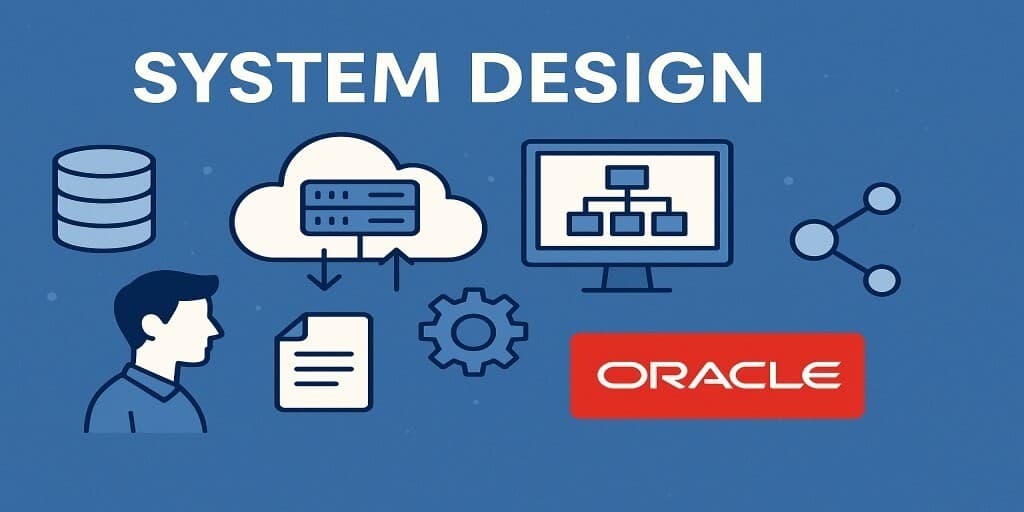WHAT YOU'LL LEARN
Show more
Content
1.
Oracle System Design Interview
11 Lessons
2.
Consensus and Time in Distributed Systems
25 Lessons
3.
Back-of-the-envelope Calculations
2 Lessons
4.
Building Blocks
1 Lessons
5.
Databases
5 Lessons
6.
Key-value Store
5 Lessons
7.
The Content Delivery Network
6 Lessons
8.
The Distributed Cache
7 Lessons
9.
Distributed Messaging Queue
7 Lessons
10.
The Pub-sub
3 Lessons
11.
Rate Limiter
5 Lessons
12.
Blob Store
7 Lessons
13.
Distributed Search
6 Lessons
14.
Concluding the Building Blocks Discussion
3 Lessons
15.
YouTube
6 Lessons
16.
Google Maps
6 Lessons
17.
Uber
8 Lessons
18.
5 Lessons
19.
5 Lessons
20.
Web Crawler
5 Lessons
21.
6 Lessons
22.
Typeahead Suggestion System
7 Lessons
23.
Design Google Docs
6 Lessons
24.
Google File System
11 Lessons
25.
Google Colossus File System
3 Lessons
26.
Google BigTable
7 Lessons
27.
Google Megastore
6 Lessons
28.
Many-Core Key-Value Store
5 Lessons
29.
Scaling Memcache
7 Lessons
30.
DynamoDB
8 Lessons
31.
Two-Phase Locking
3 Lessons
32.
Google Chubby Locking Service
8 Lessons
33.
ZooKeeper
6 Lessons
34.
MapReduce
8 Lessons
35.
Kafka
9 Lessons
36.
Two-Phase Commit (2PC)
4 Lessons
37.
Paxos
6 Lessons
38.
Raft
8 Lessons
39.
Distributed System Failures
4 Lessons
40.
Wrapping up
1 Lessons
Trusted by 2.8 million developers working at companies
Anthony Walker
@_webarchitect_
Evan Dunbar
ML Engineer
Software Developer
Carlos Matias La Borde
Souvik Kundu
Front-end Developer
Vinay Krishnaiah
Software Developer
See how Educative uses AI to make your learning more immersive than ever before.
AI Prompt
Code Feedback
Explain with AI
AI Code Mentor
Free Resources
